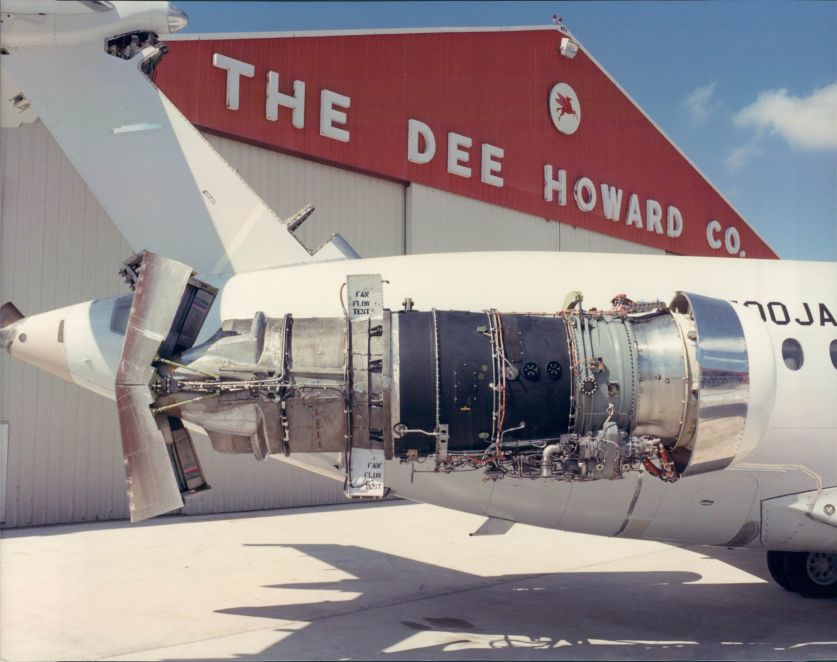
DEE HOWARD AND THE TAY 1-11

INTRODUCTION
It's hard to know exactly where to start with this "extremely complex" story. The last 1-11 to fly rolled off the ROMBAC production line nearly 30 years ago and brought to an end a 26 year production run which promised so much but in the end summed up the British commercial aircraft building industry and its failure to compete with the Americans who built world class short haul airliners like the Boeing 727, 737, Douglas DC-9, MD80 in their thousands! One thing is for sure, BAC should have sold many hundreds more of this very well built and sleek airliner. Crucially, when it first rolled off the production line, it was way ahead of the competition and as a result was ordered in large numbers by US airlines, most notably American Airlines, Braniff and Mohawk, not to mention other airlines who had their orders blocked for not buying American!!! However the aircraft had one major handicap, its Rolls Royce Spey engines. In the early years BAC struggled to keep up with early production rates and as a result opened up a second production centre at Weybridge. In fact there were three lines running by the time the American Airlines 1-11s were rolling out off the Bournemouth Hurn production line! Aircraft were literally flying off the production lines and making BAC record amounts of money. However this didn't last long and by the end of the 1960s the whole project was already on the slippery slope to oblivion. I'm no expert but I think it is fair to say that the entire team took their eye off the ball when the Americans fought back with their own products and BAC never recovered. In fact I'd say they completely buried their heads in the sand until it was simply too late to respond. It's absolutely staggering to think that on the 13th March 2018 the 10,000th Boeing 737 rolled off the production line during a production run that has lasted over 50 years with no end in sight to future orders which currently stand at nearly 5000 aircraft. Boeing are building aircraft at a rate approaching nearly 50 a month which is unbelievable for an aircraft which has been around for so long. Along with major competitor Airbus and their A320 products, these short haul airliners are going to continue in production for many more years to come! Even more staggering is the fact that just two airlines, namely Southwest Airlines and Ryanair currently operate nearly 1200 737s between them and have "hundreds" more on order! Enough statistics for now. So what went so badly wrong, and how did the British manufacturer respond? I can only tell it the way I see it therefore, like so many airliners built in the UK, they were targeted at just one airline, British Airways or BOAC / BEA as they were then known in the 1960s.From the Comet to the Trident, the VC10 to the Concorde one common theme applied and that was that the design was targeted at the national carrier rather than a worldwide market and this severely hindered any potential overseas sales markets. One defining moment was when Douglas almost immediately reacted to market forces for more passengers by building larger aircraft such as the DC-9 series 30, 40, 50 and ultimately the company's best seller the 80 series. What did BAC do? A very half hearted attempt with the series 500, which was very much targeted at BEA and even given a "Trident" cockpit layout and then a complete capitulation when they failed to build the series 600 and 700 and instead went for the series 475 which was literally targeted at "little tin pot" outfits operating out of gravel strips in remote outbacks - an absolutely crazy decision!!! To say this strategy was a disaster is a complete understatement. After just five short years since the aircraft entered service in 1965 the lead was lost and it was becoming yet another British airliner failure! In the 1970s production "limped" on. Jobs were lost as work totally dried up and eventually the Bournemouth Hurn factory shut for good in 1984 which should have been the end of the story. But no, somehow there appeared to be renewed hope, despite the fact that BAe had effectively replaced the 1-11 with the BAe146. An agreement was struck with the Romanians to build up to 80 1-11s in Bucharest and as a result the entire Hurn production line was transported to the new location. There was even talk of new engines and glass cockpits along with other mod cons to keep the aircraft in production albeit on a small scale for many years to come.
I have taken the time to revisit Ken Goddard's excellent publication "The Rolls Royce Tay Engine and the BAC One-Eleven" which tells the ill-fated story of this venture.
I don't wish to go into any further detail as it's very apparent that it's just another failure in a very long list of others that plagued the 1-11 programme over the years. Ken's introduction to the story tells me everything I need to know about this expensive disaster and complete mess that ultimately caused the entire programme to be terminated and rather quickly "brushed under the carpet". To quote Ken:- "As readers will quickly discover the whole programme to apply the Tay engine to the 1-11 was riddled with politics and mistrust. The programme ended in 1991 in rancour and four lawsuits. This was a serious blow for the Romanians who, over a period of 10 years, tried to launch a programme for fitting the Tay engine rather than the Spey on their production aircraft".
In view of the above I think it's best to let bygones be bygones and leave what "might have been" where it now belongs, in the vaults of BAC 1-11 failures! Therefore I enclose a few images below of what might have been with this very unfortunate and sorry saga.
The irony is that the engine was very successful indeed on the Fokker 100, Gulfstream IV and also with the Boeing 727 re-engining programme. This somehow makes it even more frustrating that "UK PLC" once again scuppered what might have been a very successful outcome along with a new glass cockpit and various other upgrades to the BAC 1-11 which would have almost certainly given it a very valuable new lease of life and secured its future for many years to come. Those awful phrases, that we are all too familiar with in the UK, once again comes to mind "if only and what if"!
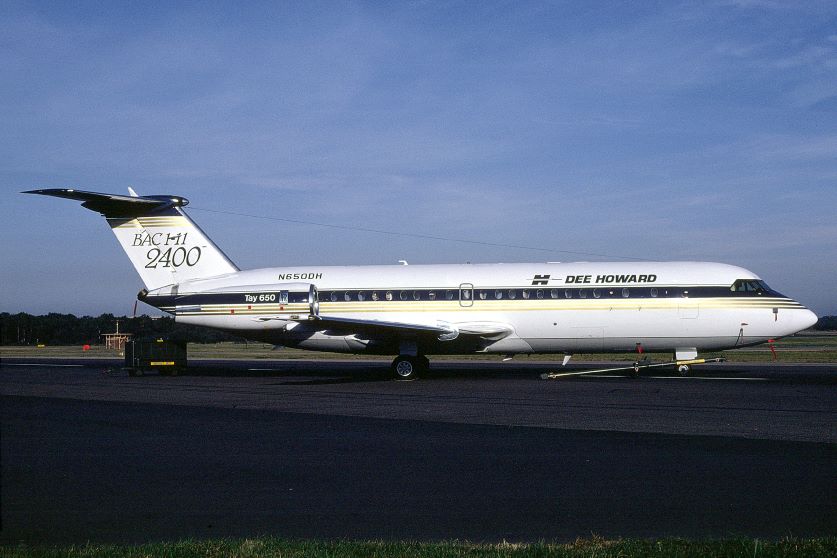
This image shows Dee Howard's 1-11 N650DH present at the Farnborough International Air Show in September 1990 where it was shown to the World's Aviation Press.
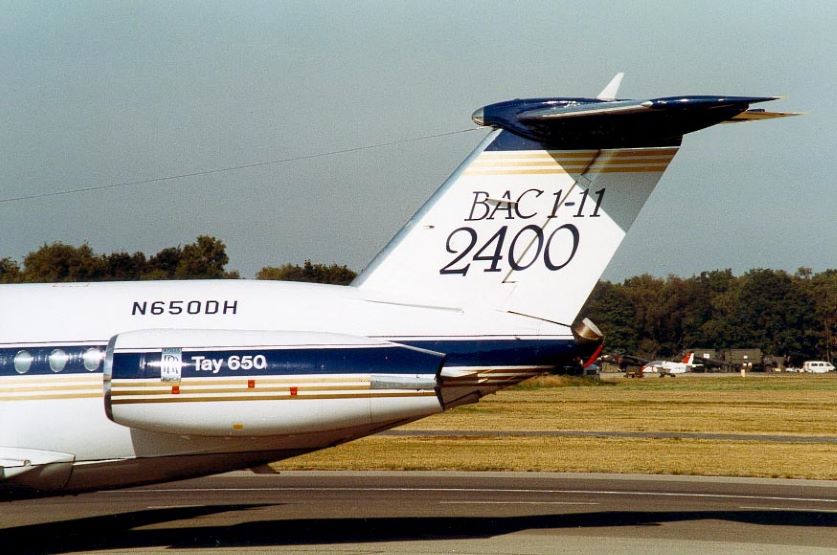
This shot shows the close up of the new Rolls Royce Tay engine which was significantly larger than the Rolls Royce Spey.
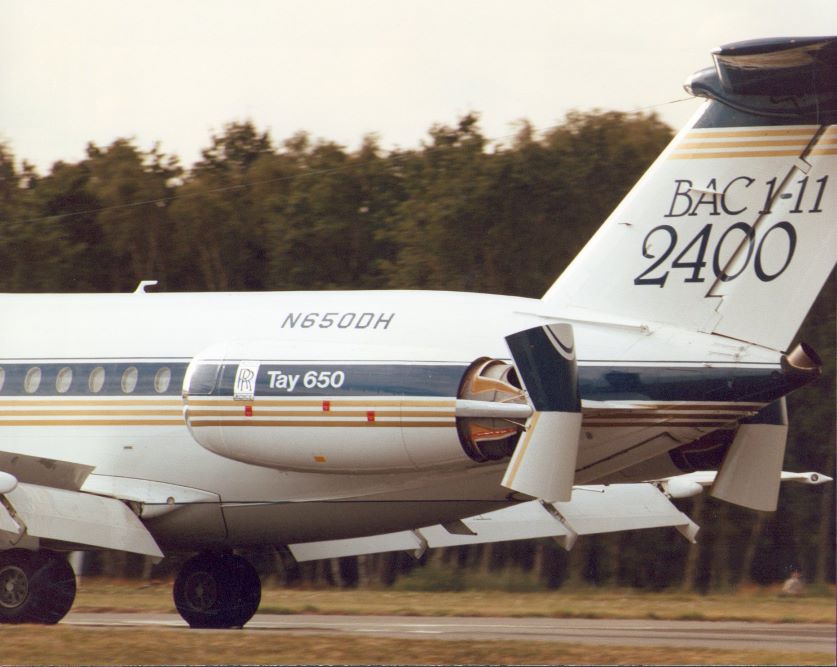
The Rolls Royce Tay with thrust reversers deployed.
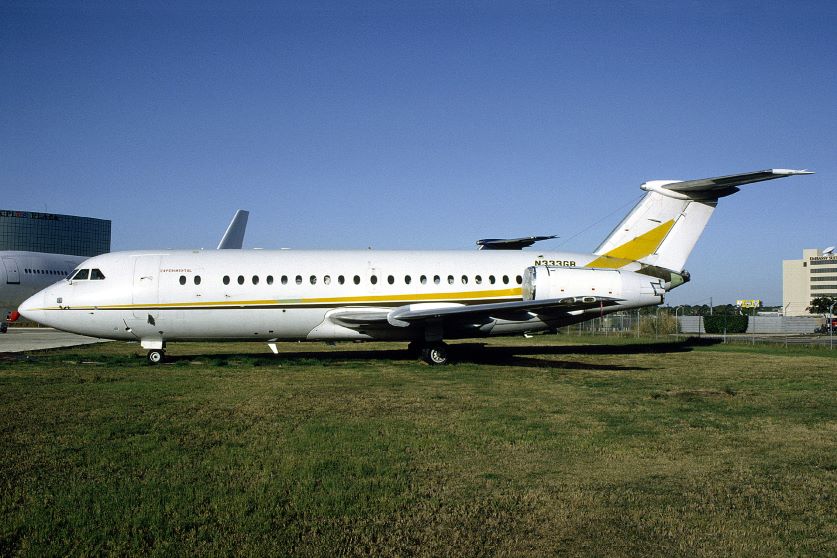
N333GB a former American Airlines series 401AK airframe was the second 1-11 used in the Dee Howard test programme for the Rolls Royce Tay.
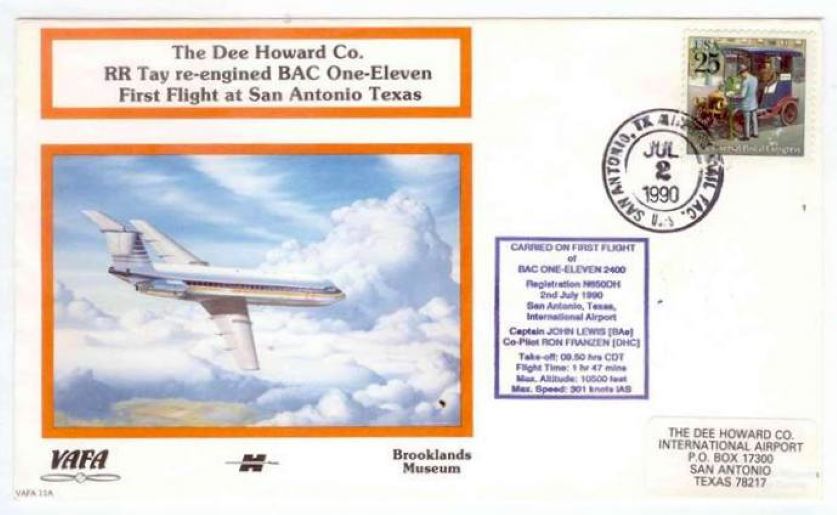
The 2nd July 1990 was a momentous day for the programme when the aircraft first flew with the new engine. A first day stamp was released for the occasion.
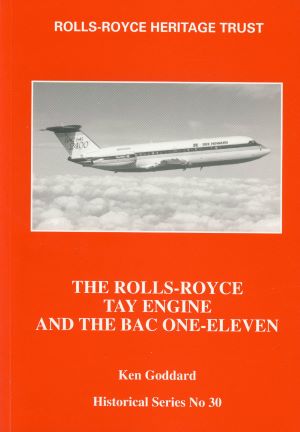
For the full story Ken's book is still available to purchase from various outlets.
Images copyright of Wayne Fagan, The Dee Howard Foundation